Sidney Cornell came from Portsmouth, Hampshire, and had an African American father. He volunteered for airborne forces while serving with The Royal Army Service Corps.
After completing basic training at Hardwick Hall, Sidney attended RAF Ringway for parachute training on course 86 in October 1943.
The course was attended by 15 officers and 212 other ranks, who completed 1642 jumps between them. Winds were gusty through the whole course and really good parachuting weather was extremely rare. The outstanding feature of this course was the high injury rate which was mainly due to the rough weather conditions. Of the 16 injuries there was one fatal accident, and 8 'C' Class Injuries (e.g. concussion and bone fractures).
Sidney received a good course report which notes "Best performer in section, intelligent, willing, cool and keen." On qualifying as a military parachutist he was posted to B Company,7th (Light Infantry) Parachute Battalion.
During the Normandy campaign he served with great bravery as a company runner, notably supporting Major Neale during the clearance of Le Mariquet woods, and later his successor Major Bob Keene when B Coy attacked German forces occupying a farm in Le Bois de Bavent.
He was awarded the Distinguished Conduct Medal in February 1945 for his actions in Normandy. His citation reads:
"This soldier was one of the parachutists who landed behind the German lines in Normandy on the night of the 5th/6th June 1944. During the next five weeks he was in almost continuous action of a most trying and difficult nature. Cornell was a company runner and has repeatedly carried messages through the most heavy and accurate enemy mortar and Machine Gun fire. Four times wounded in action this soldier has never been evacuated and carries on with his job cheerfully and efficiently. Very many acts of gallantry have been performed by members of the battalion but for sustained courage nothing surpasses Cornell's effort. His courage and many wounds have made him a well known and admired character throughout not only his own battalion but also the whole brigade. Space does not permit a record of all his feats as he distinguished himself in practically every action and fighting took place daily.
On the 18th June 1944 his company carried out a raid on a strong enemy position in the Bois de Bavent area. The position was stronger than expected and the company was hard pressed and the wireless set destroyed. Cornell was sent back with a verbal message, he was wounded during the journey but carried on and delivered his message correctly and set off with the reply. He was wounded a second time on this return journey but again carried on and again delivered the message correctly. During the remainder of this raid, despite his two wounds, he was outstanding for his courage and dash. The courage and devotion to duty displayed by Cornell on this one occasion was an inspiration to all who witnessed it. He has performed similar runs on countless occasions and, as has been pointed out before, has been wounded twice more but is still the runner of his company and is as cheerful as before.
On the 10th July 1944 his company again carried out a raid on the same area and again and as usual, Cornell's complete disregard for his own safety became the chief topic of discussion amongst his fellow soldiers. He has never failed to deliver a message correctly despite the fact that he has usually carried it through a perfect hail of enemy mortar bombs and shells and very frequently aimed Machine Gun fire as well.
He is a truly magnificent parachutist and I cannot recommend him too strongly for a decoration."
Thereafter he swiftly gained promotion to Sergeant while taking part in Allied actions across North West Europe in 1944-5.
He saw action in the Ardennes during the winter fighting of 1944-5 and on 24 March 1945 jumped under fire during the Rhine Crossing,Operation VARSITY, as No 3 Section Commander in 5 Platoon, B Coy.
During the subsequent advance the battalion reached Petershagen, in between Osnabrück and Hanover, by 7 April. They continued to proceed east by motor transport and encountered enemy forces defending Wunstorf airfield at around 14:30 hours, although earlier reconnaissance reports had indicated that it had been abandoned, resulting in the ambush of the leading elements of B Coy.
In the ensuing battle, in which the 13th Battalion was also engaged, the 7th Battalion lost 6 killed, and 21 wounded, most from the initial ambush of the four leading trucks of B Coy.The airfield was captured with 19 ME 109s, 4 FW 109s, 2 JU 88s, 2 JU 52s and much other valuable equipment.
The battalion proceeded on to its main task, to secure Neustadt and the river crossing. Both A and C Coys entered the town without opposition and Bn HQ was soon established in a suitable house. Meanwhile,the men of B Coy had been working up the river to the bridge but were forced to deviate within 400 yds of their objective, which took them onto the main east-west road through Neustadt and left them with both the loop canal bridge and main bridge to cross.
B Coy encountered a civilian soon after coming on to the road and Major Reid, the officer commanding B Coy, questioned him about the bridge and garrison. The civilian said the bridge was prepared for demolition and stressed the need for speed if it was to be captured intact. This confirmed Major Reid's original plan, which was to rush the bridge and trust to getting across in time to prevent it going up.
He ordered his men to charge and the two advance platoons under Lt Gush (5 Pl) and Sgt McIvor (4 Pl), and led by the Coy 2IC Capt Woodman, had crossed both bridges when the first arch of the main bridge was blown behind them at approximately 0015 hrs 8 April. Heavy and severe casualties were suffered by the troops on both sides of the explosion but the small party that got across completely routed the garrison and held their small bridgehead all night. In the morning, men from A Coy traversed the river in boats to relieve the men who had made it across the bridge.
The battalion war diary records the day's casualties as 27 killed, 33 wounded and 6 missing presumed killed; mostly from B Coy. Some of those injured later died of their wounds.
B Coy HQ, No 5 Platoon and No 4 Platoon bore the brunt of the casualties at the bridge, including Sgt Cornell, who was killed as a result of the bridge detonation.
Sgt Sidney Cornell died on the night of 7/8 April 1945, aged 29 years, and was given a field burial next to the bridge along with the other members of B Coy who were killed. He is now buried at Becklingen War Cemetery overlooking Luneberg Heath, Germany.
Headstone photograph taken by Bob Hilton August 2011.
Compiled by Harvey Grenville
Read More
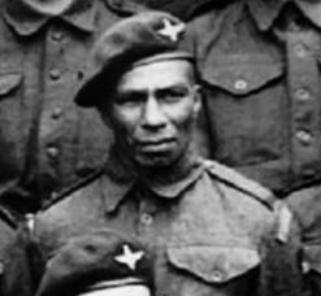

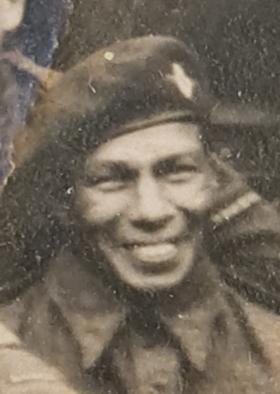
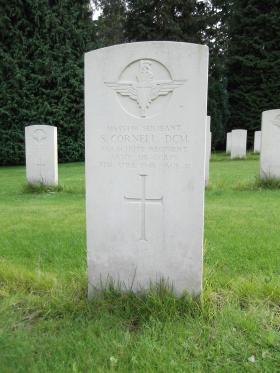
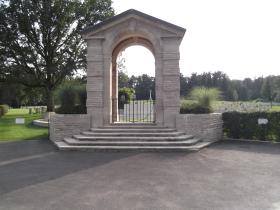
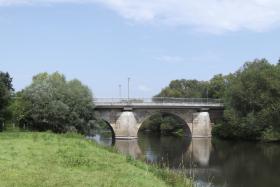
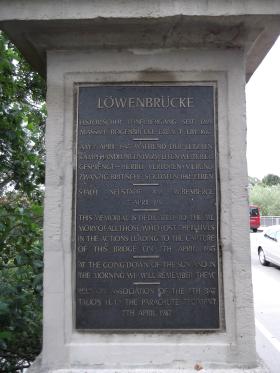
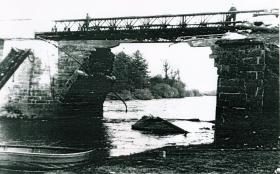
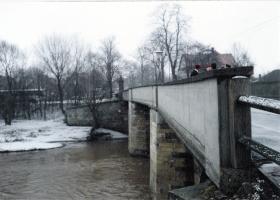
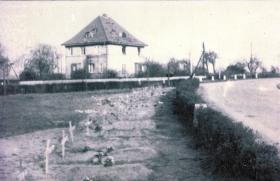
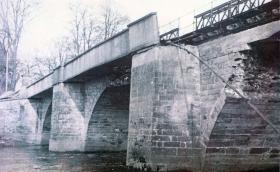

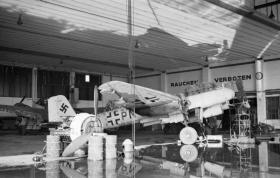
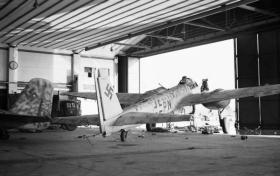
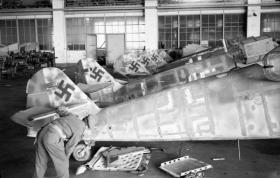
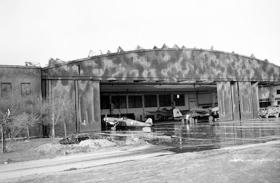
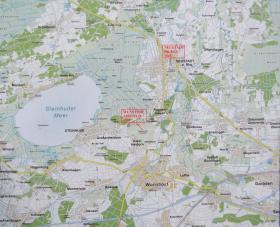
Latest Comments
There are currently no comments for this content.
Add Comment
In order to add comments you must be registered with ParaData.
If you are currently a ParaData member please login.
If you are not currently a ParaData member but wish to get involved please register.